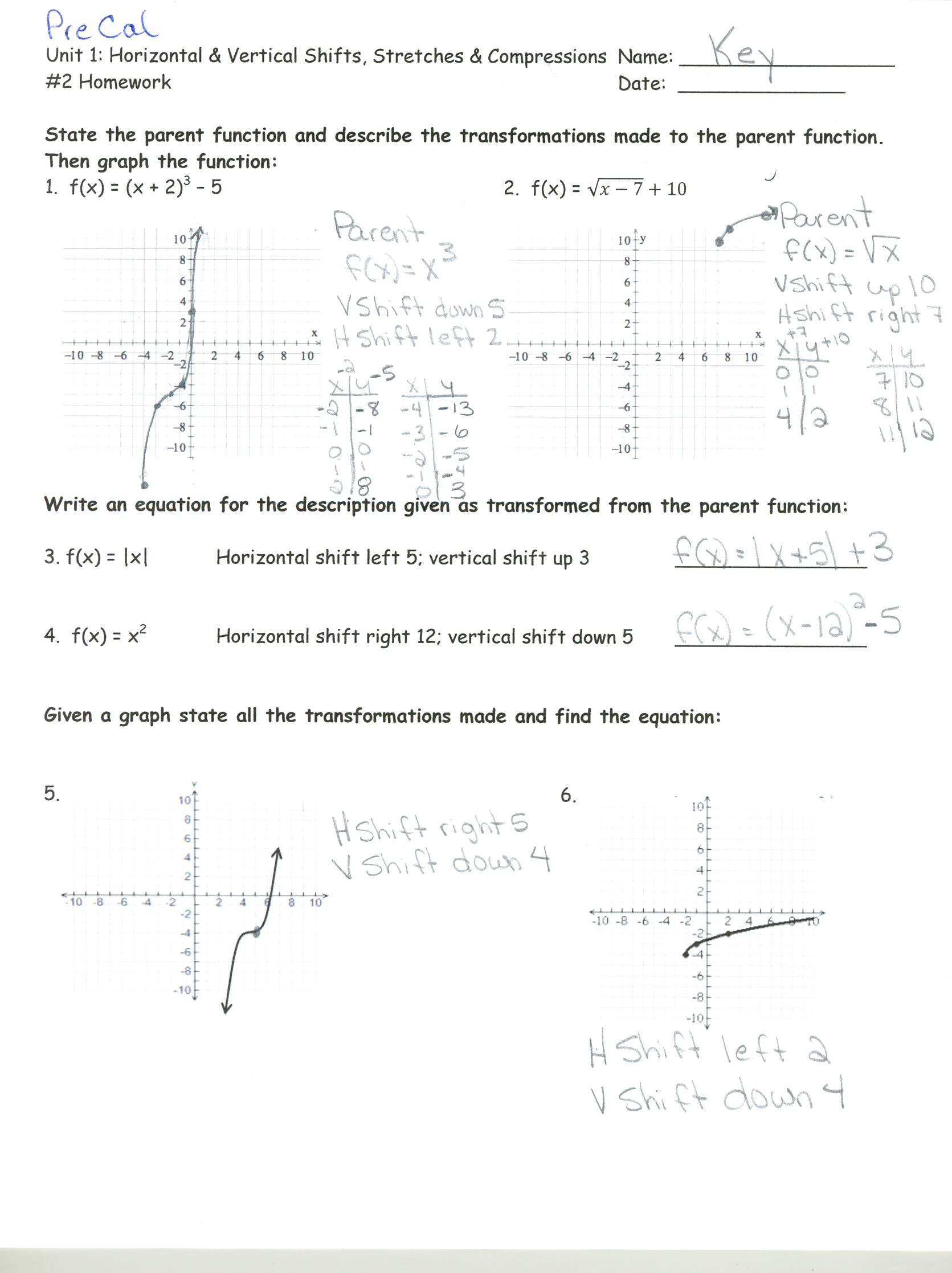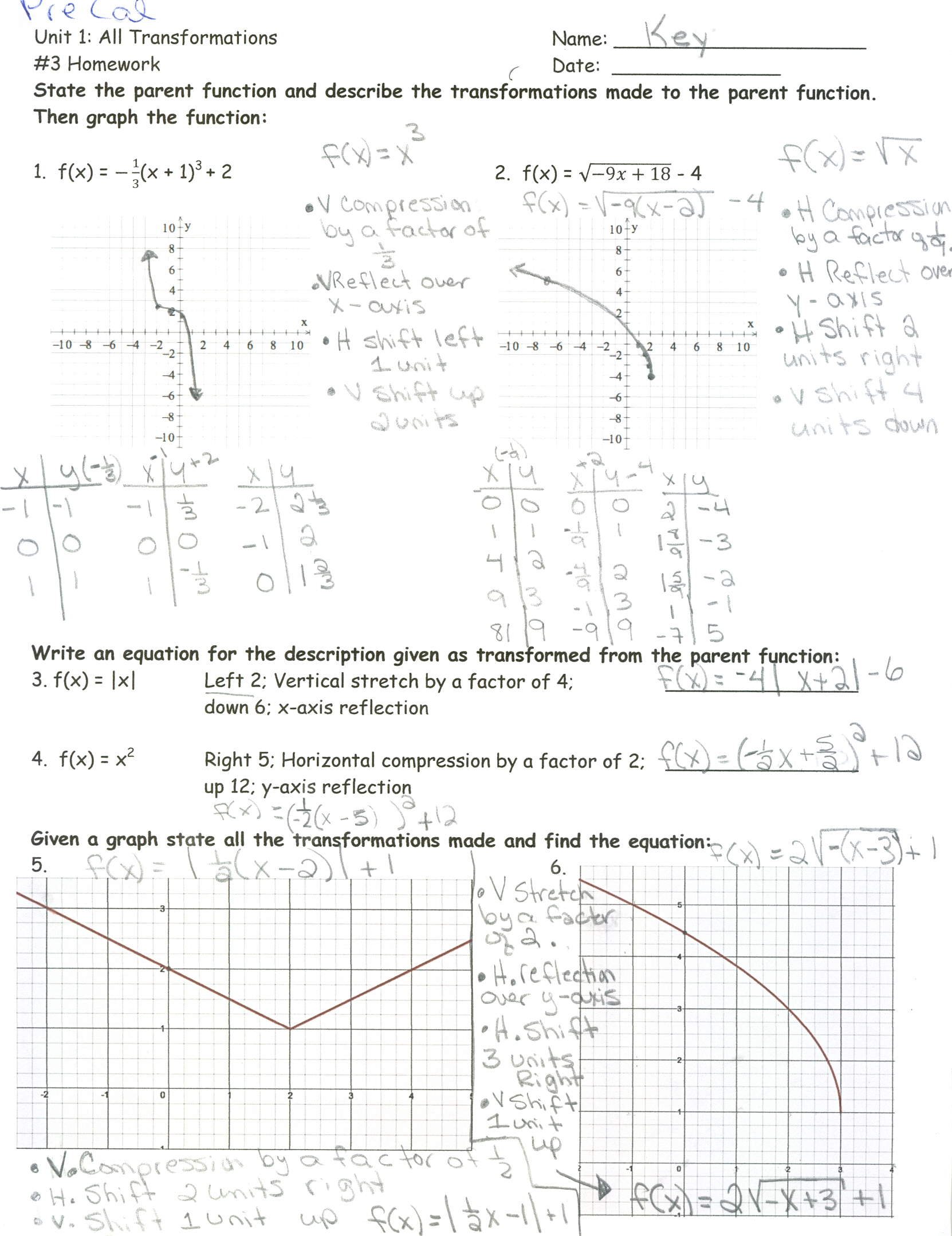Do you want to find 'homework 2 5 transformations of functions'? Here, you will find all the stuff.
Table of contents
- Homework 2 5 transformations of functions in 2021
- Transformations of functions worksheet algebra 2 answers
- 7-6 transformations of exponential functions
- Absolute value transformations worksheet answers key algebra 2
- Transformations of power functions
- Assignment transformations of exponential functions
- Parent graphs and transformations worksheet answers
- Lesson 5 homework 5.2 answers
Homework 2 5 transformations of functions in 2021
 This picture shows homework 2 5 transformations of functions.
This picture shows homework 2 5 transformations of functions.
Transformations of functions worksheet algebra 2 answers
 This picture illustrates Transformations of functions worksheet algebra 2 answers.
This picture illustrates Transformations of functions worksheet algebra 2 answers.
7-6 transformations of exponential functions
 This image illustrates 7-6 transformations of exponential functions.
This image illustrates 7-6 transformations of exponential functions.
Absolute value transformations worksheet answers key algebra 2
 This picture representes Absolute value transformations worksheet answers key algebra 2.
This picture representes Absolute value transformations worksheet answers key algebra 2.
Transformations of power functions
 This picture shows Transformations of power functions.
This picture shows Transformations of power functions.
Assignment transformations of exponential functions
 This picture representes Assignment transformations of exponential functions.
This picture representes Assignment transformations of exponential functions.
Parent graphs and transformations worksheet answers
 This image shows Parent graphs and transformations worksheet answers.
This image shows Parent graphs and transformations worksheet answers.
Lesson 5 homework 5.2 answers
 This image illustrates Lesson 5 homework 5.2 answers.
This image illustrates Lesson 5 homework 5.2 answers.
Can a graph be transformed into a different function?
When graphing functions, you’ll be asked to transform and translate functions in various ways. Ever wondered how graphs can suddenly be transformed into a different one so that it represents a different function? It’s all thanks to the various forms of transformations we can perform on a function’s graph.
How to find the transformations of two functions?
Find the horizontal and vertical transformations done on the two functions using their shared parent function, y = √x. From the graph, we can see that g (x) is equivalent to y = √x but translated 3 units to the right and 2 units upward. From this, we can construct the expression for h (x):
Which is the result of the function g ( x )?
The function g (x) is the result when f (x) is translated 4 units upward. The function g (x) is the result when f (x) is translated 4 units downward. The function g (x) is the result when f (x) is translated 4 units to the right. The function g (x) is the result when f (x) is translated 4 units to the left.
Last Update: Oct 2021